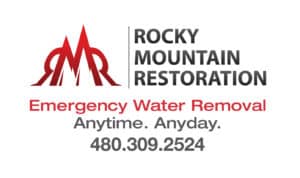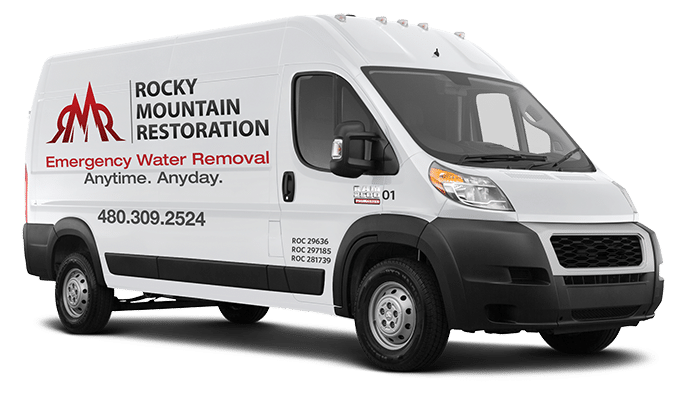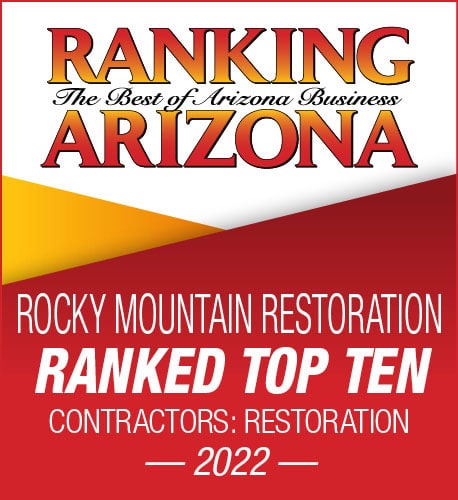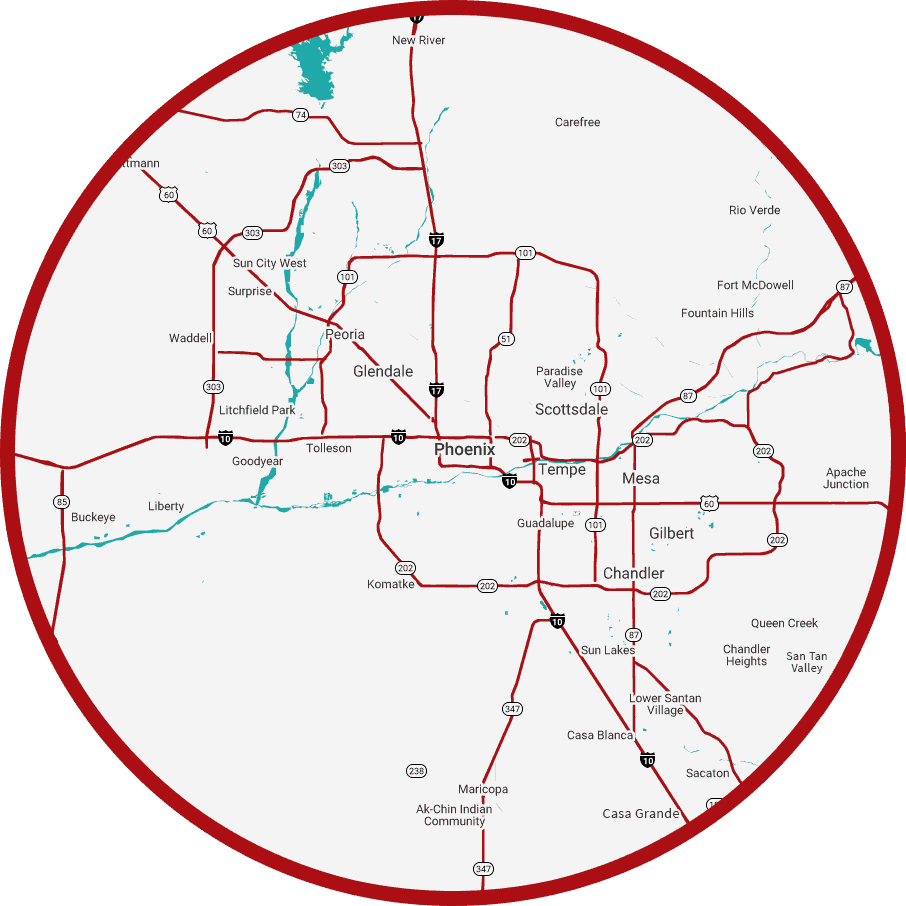Help! I Have Bad Odors In My Home
Your nose is a great investigator.
Usually, the typical “bad odor” is actually can come from a broad array of different sources, and often difficult to determine what is causing the stink. Many foul odors have a certain “dampness” to them indicating either the decay of organic material, or the growth of mold. Some offensive odors are distinctly “food” sourced, and can come from sewage lines or drain pipes which are clogged, even from the trash can in your kitchen. Some may be caused by cigarette smoke being trapped in fabrics.
Here are some of the most common sources of bad odors in a home:
- Trash cans in the kitchen without a lid.
- Kitchen sinks, which have food matter in the drain.
- Microwaves or other appliances which haven’t been cleaned in a while.
- Carpeting, which can cling to odors for an extended period of time, even after vacuuming.
Two important things you should know about odors:
- You’re usually smelling bacteria, or the byproduct of bacterial growth. We can actually attribute a lot of “bad” odors in life to bacteria, from our armpits to the off-smell that fish get when they’re not as fresh as they used to be. Our brains have been finely tuned to detect these smells because they’re usually associated with something that’s a threat to our health. The breakdown of food, for example, generates bacteria as the culprit, which in turn would make us sick if we were to eat it. This smell should sound a warning alarm for us.
- They require moisture. The more pungent the smell, the more moisture that’s involved. Most people don’t realize that the action of smell requires that molecules be carried to our senses by way of water; even the water in the air (as vapor, or the mucus in your nose, can help to “carry a scent.” It’s a safe bet if you’re dealing with a strong odor, you’re dealing with a moist or damp source.
What to do:
The next step is to clean the offensive odors using chemicals and cleaners that are safe for the household. Please, always read the warning labels on any chemicals you use, and never mix cleaning products. You could unwittingly create a combination that produces noxious, or even deadly gas, including chlorine gas, which is produced as a result of mixing bleach and ammonia.
- Open windows and doors, and get as much ventilation into the area where you are cleaning. This will help to get rid of the odor faster, and to make sure you’re safe, especially when you are using bleach or other very strong cleaning agents.
- Contact a specialist that has moisture detection equipment to help determine where there are damp areas. The IICRC has a special training and certification course just for odor – (designation is OCT). Dry any items that you can, as these are a likely culprit.
- Completely seal open garbage, and thoroughly clean the container in the event that any moisture leaked into the can in the event that your rubbish is the culprit.
- If your plumbing or sewer lines are the source of a bad odor, use a household drain cleaner at first. If that isn’t working, you may need to call a plumber. Garbage disposals are also often a source of bad odor.

- It is also possible you have a plumbing stack (through the roof) that is plugged or partially blocked!
Rocky Mountain Restoration has a certified Odor Control Technician on staff ready to assist you with a water, odor or mold.












